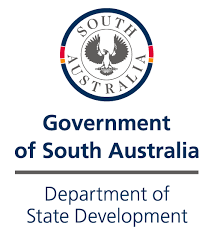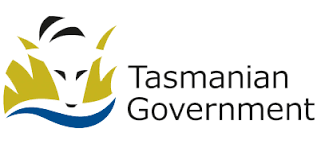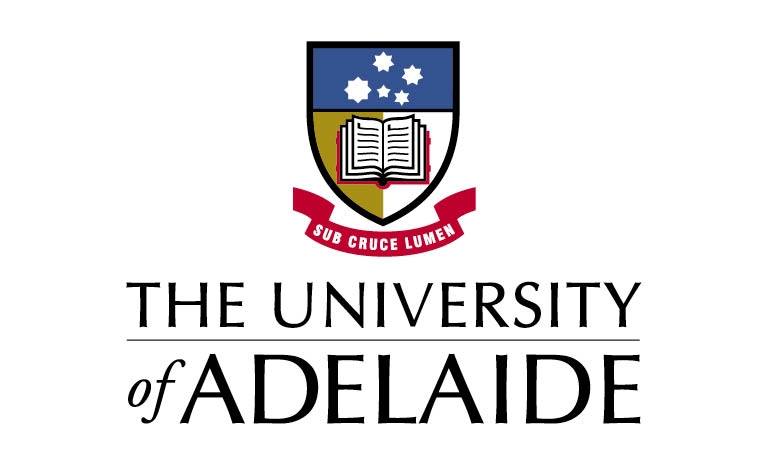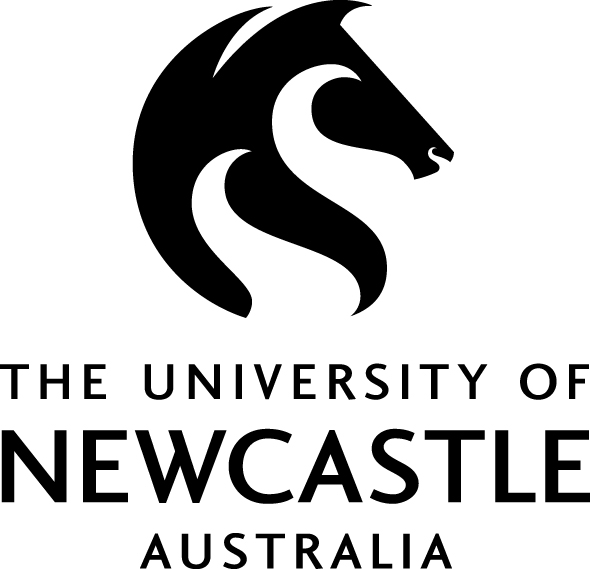Background
The AusGeol project provides a repository of digital geological teaching and learning resources that document the diverse geology of Australia.
The virtual library provides a diverse selection of well-documented examples of important geological features to assist in the development of student geological field skills.
Field work is a cornerstone of geological education programs. Nothing can fully replace the tactile experience of holding and manipulating an object or the insight gained by exploring, touching and documenting a field site. However, it is not possible to expose students to a fully comprehensive range of field experiences.

Significant localities are widely dispersed and important sites are often situated in inaccessible or dangerous locations where student visits are not practical. In addition, financial, safety, legislative and logistic issues also impact on geological field programs. The AusGeol virtual geological resources have been developed to address these issues and to augment, but not replace, conventional field based Earth Science programs.
Recent technology and software developments facilitate rapid and cost effective generation of a range of photorealistic virtual geological objects that are distributed through the AusGeol website. These objects provide more intuitive and immersive depictions of geological outcrops than can be provided by conventional photography.
The AusGeol program will document a representative selection of Australia's geological heritage and develop educational resources to accompany these visualisations.
The AusGeol program is funded by an Innovation and Development Grant from the Australian Government Office for Learning and Teaching with additional contributions from Australian universities and government geoscience agencies.
Principal Funding Agency

Project Coordination

OLT Project Partners
 |
 |
 |
 |
Additional Project Partners
 |
 |
 |
 |
 |
 |
 |
 |
 |
 |
 |